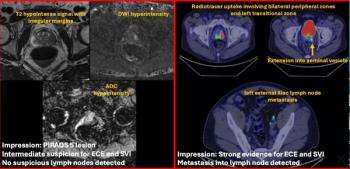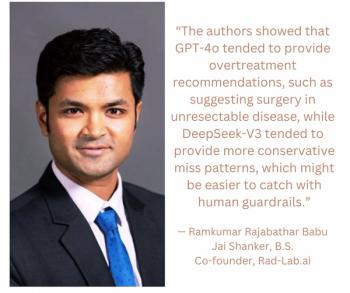
Clinical studies begin on 4-tesla MR machines
Magnetic resonance research is poised for another technologicalleap forward with the clinical siting of three 4-tesla systems.GE, Philips and Siemens have been involved in 4-tesla researchsince the late 1980s, but only recently have installed their
Magnetic resonance research is poised for another technologicalleap forward with the clinical siting of three 4-tesla systems.GE, Philips and Siemens have been involved in 4-tesla researchsince the late 1980s, but only recently have installed their magnetsin clinical sites.
The University of Alabama in Birmingham received the Philipsmagnet in August 1990. After a year of volunteer studies, UAB'sinstitutional review board approved its first clinical protocol.GE moved its 4-tesla magnet to the National Institutes of Healthearlier this year. Patient protocols began in October. The Universityof Minnesota also had its Siemens 4-tesla machine fully operationalin late October.
The major advantage of 4-tesla MRI is the increase in signalproduced by the higher magnetic field. This translates into bettersignal-to-noise, which can be used to improve spatial resolutionor decrease scan time. It also affords better sensitivity forspectroscopy.
"The 4-tesla magnet will allow us to look at chemicalssuch as nitrogen-14, sodium-23, deuterium, oxygen-17 and fluorinefor the first time. The S/N has not been adequate to pick up informationfrom these spins at lower fields," said Dr. Robert Balaban,chief of the cardiovascular energetics lab and director of the4-tesla magnet at the NIH.
More surprising to investigators, however, are the excellentanatomical images acquired with the 4-tesla magnets. Researchersfrom all three sites report remarkable brain detail obtained athigher field strengths. Gray-white matter differentiation is farbetter at 4 tesla than at the lower fields, said Dr. Kamil Ugurbil,director of the 4-tesla magnet at the University of Minnesota.
"The 4-tesla magnet allows us to visualize sections ofthe brain with clarity that no one has seen before," Ugurbilsaid. "If you compare a 1.5-tesla image to a brain atlasyou can see most of the structures, but not all. But there isnothing you can see in a histologic section of the brain thatis not present in the 4-tesla image."
Researchers are just beginning to explore new pulse sequencesfor 4-tesla systems. Software designed for 1.5-tesla magnets works,but is not fully optimized for the high-field magnets, said Dr.Michael Garwood, an associate professor of radiology at the Universityof Minnesota.
"People have said that 4-tesla systems will never be asgood as 1.5 tesla for imaging, but that statement is based ontechnology developed and optimized for 1 and 1.5 tesla. We haven'tbegun to exploit the attributes of 4 tesla and develop pulse sequencesthat are well suited for it," he said.
But along with the quest for new pulse sequences, the 4-teslamagnets bring some unique problems to MRI. For example, the amountof radio-frequency power needed to drive a magnet increases asa function of field strength. Thus, a patient would be exposedto considerably more power under a 4-tesla protocol than at 1.5tesla.
To remain within Food and Drug Administration guidelines, higherfields require attention to specific absorption rates, Balabansaid.
"This is not an insurmountable problem. It is just onewe have to be aware of and thus make sure our instrumentationis properly calibrated," he said.
Newsletter
Stay at the forefront of radiology with the Diagnostic Imaging newsletter, delivering the latest news, clinical insights, and imaging advancements for today’s radiologists.




























